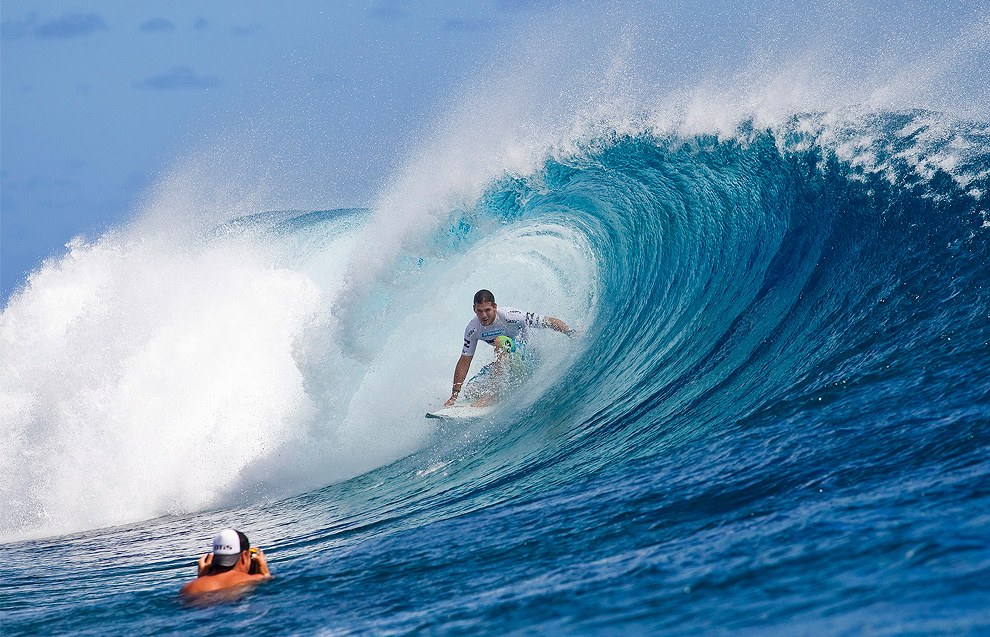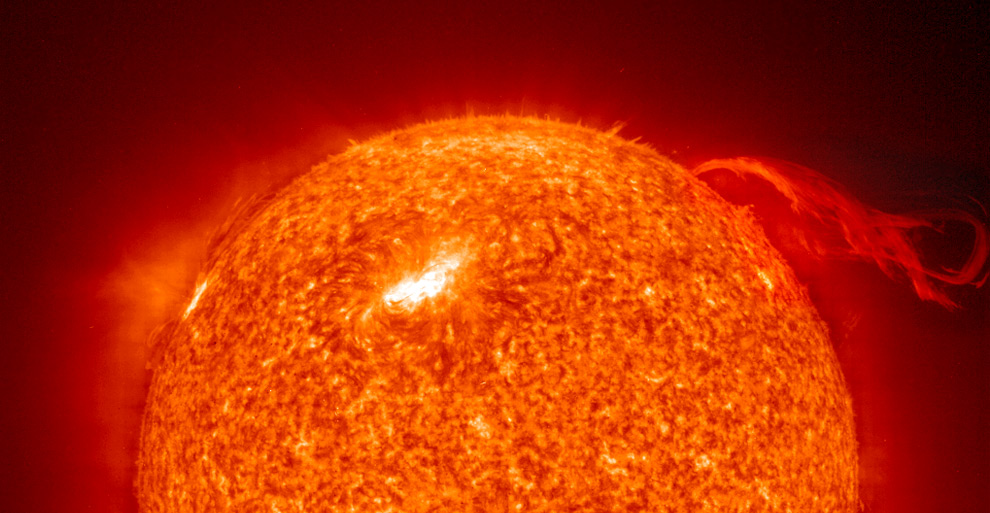In Huntington Beach, California, the third annual multi-faith Blessing of the Waves event was held to honor the ocean and protest coastal pollution. Several thousand reportedly attended the event, in part to recognize a spiritual aspect of man's relationship to water, the coastline, and the surf. Whether it's massive rolling ocean waves, or standing waves in rivers, or wind-driven lakewater, people around the world find a way to get out and ride on belly boards, kiteboards, longboards, wakeboards and more. As summer rolls to a close, find here a collection of recent photographs of these waveriders around the world over the past several months.
เมืองฮันติงตันบีช มลรัฐแคลิฟอร์เนีย มีการจัดโต้คลื่นเทิดเกียรติภูมิของมหาสมุทร พร้อมกับประท้วงการสร้างมลพิษในแนวชายฝั่ง รายงานว่ามีผู้คนเข้าร่วมมากหมายหลายพันคน

Former three-time Association of Surfing Professionals (ASP) World Champion Andy Irons from Kauai, Hawaii rides the tube of a wave Friday Sept. 3, 2010. Irons captured his first ASP World Tour victory in three years defeating CJ Hobgood in the final. (AP Photo/ASP, Kirstin Scholtz)
อดีตแชมป์สามสมัย แอนดี ไอออน จากฮาวาย
อดีตแชมป์สามสมัย แอนดี ไอออน จากฮาวาย


